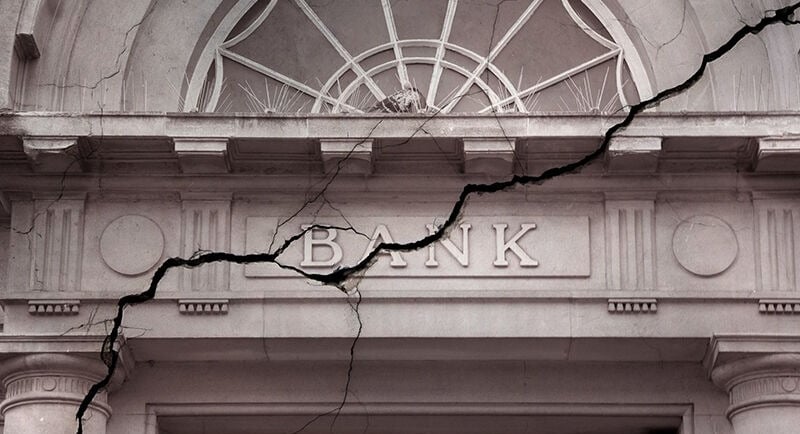items chosen one by one so you have the best option and save money on amazon (Links in articles)
Is This the End of Traditional Banking? The Rise of Decentralized Money
For over a century, traditional banks have ruled how we manage, move, and store money. But in 2025, that power is being challenged in ways we’ve never seen before. We’re not just talking about fintech or mobile apps. We’re talking about an entirely new financial system — one that doesn’t rely on banks at all. One that’s open, decentralized, transparent, and controlled by code, not corporations. Welcome to the age of decentralized finance. Welcome to the end of banking as we know it.
5/15/20252 min leer


🏦 Traditional Banks Are Losing Trust — Fast
In the last decade, the cracks in the legacy system became undeniable:
Hidden fees and low transparency
Slow cross-border transfers
Data breaches and manipulation scandals
Interest rates that favor institutions, not individuals
Then came the final blow: bank freezes, overreach, and loss of financial privacy. People started asking, “What if I could be my own bank?”
That’s when decentralized money — aka crypto — went from a curiosity to a global movement.
🔓 What Is Decentralized Money?
Unlike fiat currency, which is issued and controlled by central banks, decentralized money:
Lives on public blockchains like Bitcoin, Ethereum, or Solana
Is governed by open-source code, not CEOs
Can be stored and sent without permission or intermediaries
In this system, you don’t need a bank. You just need:
A smartphone
A crypto wallet
A connection to the internet
It's not just a new form of money — it’s a new form of freedom.
🌍 Why Millions Are Ditching Banks for DeFi
In countries with unstable economies, inflation, or capital controls, crypto has become a lifeline.
But even in developed nations, the shift is happening. Why?
✅ Total Control Over Funds
With crypto, you own your keys. No bank can freeze, censor, or restrict your money.
✅ 24/7 Global Transfers
Send $10 or $10,000 anywhere in the world — in seconds — with minimal fees.
✅ Earn Real Yields
Decentralized platforms like Aave or Lido offer interest rates traditional banks can’t match.
✅ Transparency by Default
Every transaction is visible on-chain. No hidden tricks.
🧠 But Wait — Isn’t Crypto Too Risky?
It can be, yes. But that’s changing.
In 2025, we have:
Stablecoins like USDC and DAI pegged to the dollar
Insurance protocols that protect user funds
Regulatory clarity emerging in the U.S., Europe, and Asia
User-friendly wallets like MetaMask, Rainbow, and Coinbase Wallet
The ecosystem is no longer just for developers and crypto nerds — it's now being adopted by regular users, students, freelancers, and even businesses.
⚖️ What About Regulation?
Here’s where it gets interesting.
Governments are split:
Some are launching CBDCs (Central Bank Digital Currencies) — centralized versions of crypto.
Others are embracing DeFi sandboxes, encouraging innovation.
And some are doubling down on control — banning wallets or tracking transactions.
But decentralized protocols don’t need permission to exist. They live on the blockchain, run by thousands of nodes worldwide.
Regulation may slow them down — but it can’t erase them.
🚀 What Comes Next?
We’re entering a world where:
Your salary might be paid in USDC
Your savings earn yield through smart contracts
Your ID is stored on-chain
Your loan is approved by an algorithm — not a credit officer
This isn’t sci-fi. It’s already happening.
The shift is slow, uneven, and controversial — but it’s inevitable.
🧭 Final Thoughts: Are You Ready for the Shift?
The rise of decentralized money isn’t just a trend — it’s a response to a broken system.
It asks:
What happens when people take control of their own value?
What does “trust” mean when trust is programmed into the system?
Do we really need banks — or just better tools?
Whether you’re all-in on crypto or just crypto-curious, 2025 is the year to pay attention.
Because the next time a bank collapses, a protocol might rise in its place.